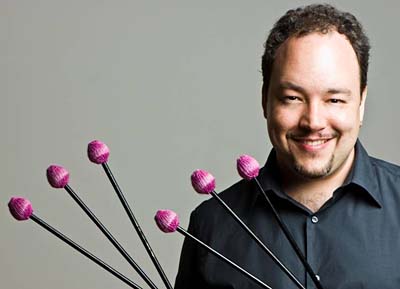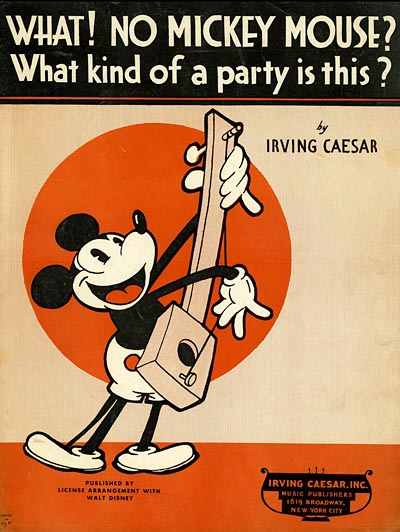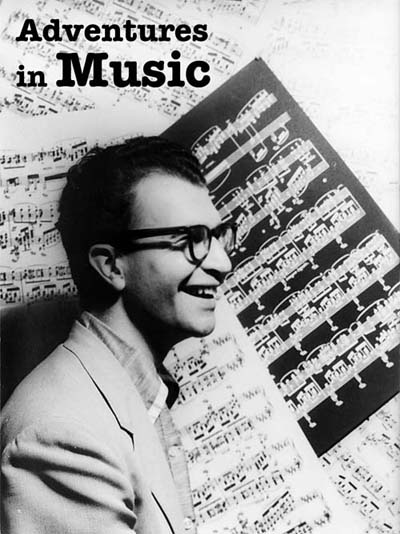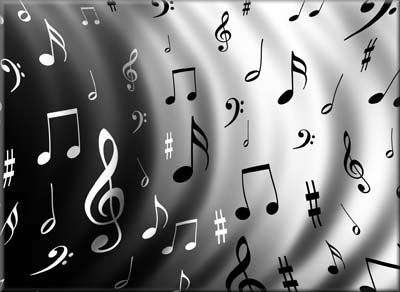
CLASSICAL MUSIC COMPOSER CREATES A “LOONEY TUNES” SYMPHONY
We all know how important classical music was to the scores of Carl Stalling in the Warner Bros cartoons… Well classical music is now returning the complement!
Paterson writes: “In ‘Looney Tunes’, each movement uses a specific well-known cartoon character as a musical influence and point of departure. The first movement, Taz, is inspired by the Tasmanian Devil character and plays upon all of Taz’s traits with loud, dissonant outbursts, gyrating transitions, quiet, reflective sections and a few references to his attraction to music. The second movement, Foghorn Leghorn, is inspired by this character’s loud, vocal disposition. The ‘Foghorn’ part of his name makes me think of real foghorns, and a foghorn-like interval begins this low-sounding, baritone sax-heavy movement. The third movement, Tweety Bird, provides contrast with a somewhat high tessitura and includes prominent parts for piccolo, violin, xylophone and alto sax. Although the entire movement only abstractly references the animated Tweety, I try to make all of the high instruments sound bird-like from beginning to end. Two of my favorite cartoon characters of all time are the Road Runner and Wile E. Coyote, so it seemed appropriate to end the work with a fast Road Runner movement. I have always been fascinated by the seemingly infinite array of ACME inventions the Coyote uses to try and capture the Road Runner, and the last movement reflects this and incorporates a number of exotic, gizmo-like sounds and instruments.”
Robert Paterson’s “Looney Tunes”
Visit his website for mp3 sound samples and more information.
.































